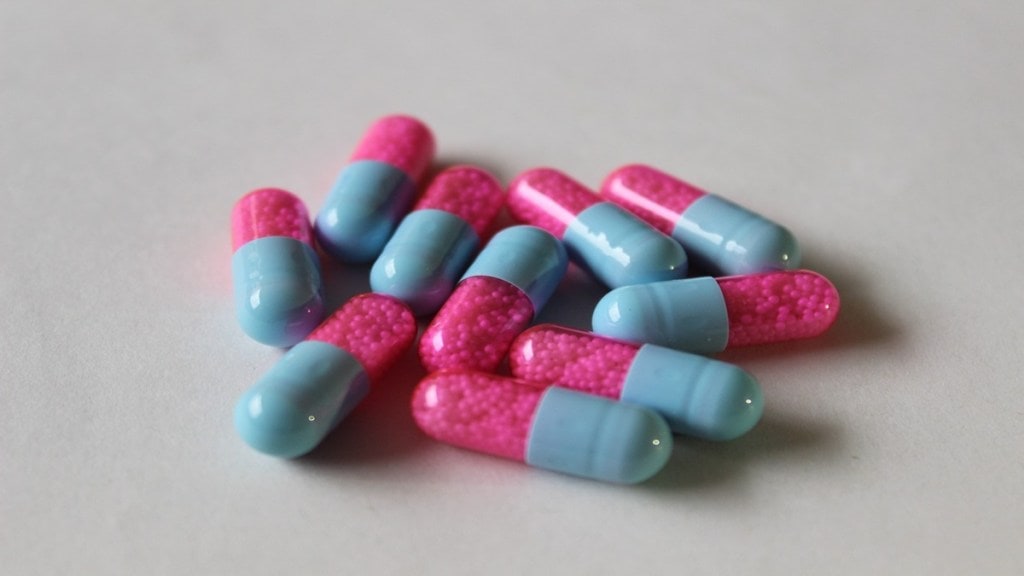A new report has revealed that India’s pharmaceutical sector that has risen in prominence as the largest supplier of generic medicines. According to McKinsey & Company’s latest report, this growth is driven by pharma exports growing faster than the global average, is at a tipping point: emerging trends in Indian and global landscapes could disrupt the current environment but could also lead to the next horizon of opportunities for the industry.
McKinsey & Company’s latest report Shaping the future of India’s pharmaceutical operations’ was launched today at the 10th Global Pharmaceutical Quality Summit held by the Indian Pharmaceutical Alliance, in Mumbai.
The report shows that stronger investments in world-class infrastructure has led India to surpass the US in the number of FDA-registered generic manufacturing sites, having grown at 2.6% CAGR. India now has a network of 752 FDA-approved, 2,050 WHO GMP-certified, 286 EDQM-approved plants in 2024.
The report also highlights that the sector has observed a sharp improvement in compliance outcomes over the last several years. The incidences of ‘official action indicated’ (OAI) after United States Food and Drug Administration (USFDA) inspections dropped by 50 percent over the past decade, between 2013-14 and 2023-24. There has been a 27% decline in European Medicines Agency (EMA) noncompliance, in the same period.
At the same time, manufacturing costs in India have stayed 30 to 35 percent lower than in the United States and Europe – due to low-cost human capital, companies’ collective efforts toward industry-leading cost and productivity performance, and accelerated digital adoption, the report revealed.
As of 2024, India has emerged as the world’s largest supplier of generic medicines, with a 9% pharma export growth rate, nearly double the global average. The country meets 20% of global demand, including over 40% of U.S. generic needs and 25% of medicines in the UK.
However, this is merely a good start to a much longer journey. The industry now stands at a tipping point, with several internal and external disruptions poised to unlock a new paradigm of growth.
Within the industry, performance has started plateauing while the bar for quality excellence continues to evolve. Disruptions such as the next generation of digital technologies, smart automation, and new modalities or therapies could reshape traditional plant operations. In the external environment, an even more complex set of forces is shaping the landscape.
As the environment continues to evolve rapidly over the next several years, the industry has a unique opportunity shape the next S-curve of its performance. Companies would need to future-proof their operations setups and strive to deliver industry-beating quality, agility, efficiency, reliability, and sustainability. This would require a carefully crafted approach to reimagining operations strategies, driving the next wave of technology adoption, and enhancing the quality of talent and competencies in operations, the report revealed.
Done right, the report highlights, such efforts have the potential to boost the growth of India’s pharma industry, and unlock new opportunities for global leadership.
Key findings of the report:
- Rapid Production Growth: The Indian pharma sector has grown at 8% CAGR, twice the global average, expanding capabilities in APIs and biotechnology.
- Vaccine & HIV Treatment Leadership: India supplies over 60% of the world’s vaccines and 70% of global antiretroviral drugs for HIV treatment.
- Strong trajectory on Quality: Indian manufacturing sites have seen 50% reduction in OAI outcomes from USFDA audits and 27% reduction in EMA non-compliance over the last 10 years.
- Cost & Operational Efficiency: With a 30–35% cost advantage over U.S. and European competitors, India remains a preferred outsourcing destination.
- The World Economic Forum (WEF) recognized the first set of Indian pharma companies as advanced 4IR Lighthouses between 2022 and 2024. As of December 2024, India has the highest number of pharmaceutical 4IR Lighthouses globally.
- Next-Gen Therapies: Emerging modalities like mRNA, cell & gene therapies, and antibodies are growing at 13–14% CAGR, surpassing conventional drug growth.
- Generative AI in Pharma: AI-driven advancements could unlock $60B–$110B in additional revenue, improving margins by 4–7% and enhancing productivity by 50%.
- Sustainability & Net-Zero Vision: 10 of India’s top 20 pharma companies have pledged a 30%+ emissions reduction by 2030, driving green manufacturing initiatives.
- Rising Investments in CDMO: The top five Indian CDMOs have invested $650 million to expand capabilities, strengthening India’s role in global pharma supply chains.
To remain competitive and continue its growth trajectory, the report outlines eight core themes for the Indian pharmaceutical industry to consider, including:
- Achieving zero-error operations for industry-leading quality outcomes
- Implementing low-touch plant operations for high performance manufacturing
- Miniaturization of manufacturing through advancements in technology
- Adopting ‘customer-centric’ operations approach to support growth of CDMO services
- Unlocking the next horizon of cost leadership, by focusing on large-molecule cost excellence, technical synthesis of API / KSM manufacturing, Digital / AI / GenAI
- optimization across the value chain, and end-to-end COGs enabled product leadership.
- Evaluating distributed operations networks, balancing the increasing need for regional presence and Centers of Excellence, vs. individual efficiencies
- Deploying technology enabled autonomous planning / planning by exception
- Leading the charge on ‘net-zero’ by adopting a ‘dual mission’ approach of optimizing Scope 3 footprint while reducing costs in parallel
“India’s pharmaceutical industry stands strong today because of what it has built over the last decade,” said Vishnukaant Pitty, Partner, McKinsey & Company. “With disruptions on the horizon, it is crucial for the industry to embrace these strategic themes and fundamentally transform operating model to unlock a high-performance future.”








